The DOCUMENTARY HUB is a place for science and discovery. Here we'll discuss the universe, the earth, life, and other kinds of life. Who knows? We'll talk about everything that makes us curious and interested. But don't worry. There's always a "read article" button if you're here just for the visuals. Enjoy the ride!
Don't wanna be here? Send us removal request.
Text
C O S M O S : A SPACETIME ODYSSEY - STANDING UP IN THE MILKY WAY
“The cosmos is all that is, or ever was or ever will be.” - Carl Sagan, September 28th, 1980.
A generation ago, astronomer Carl Sagan launched hundreds of millions of us on a great adventure: The exploration of the universe, revealed by science.
We’re about to go from the infinitesimal to the infinite, from the dawn of time to the distant future. Explore galaxies, suns and worlds. Surf the gravity waves of space-time, explore planets of stars that never die, discover atoms as massive as suns, and universes smaller than atoms.
Cosmos is also a story about us. It’s the saga of how wandering bands of hunters and gatherers found their way into the stars. One adventure. Many heroes.
If you want to see where we are in space, here it is:
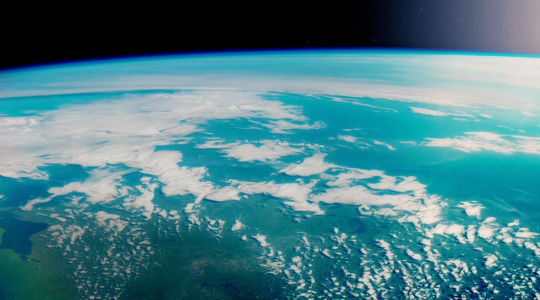
Here’s what Earth looked like 250 million years ago:

And this is how it could be, 250 million years from now.

To go venture out into the farthest reaches of the cosmos, we need to know our cosmic adress. And this is the first line of that adress.
Earth.
EXPLORING THE SOLAR SYSTEM
The moon, our nearest neighbor, has no sky, no ocean, no life. just scars of cosmic impacts.
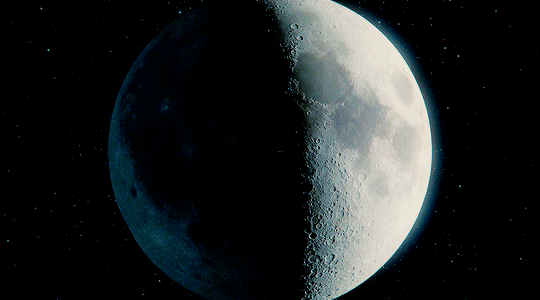
Our star powers the wind and the waves and all the life on the surface of our world.
The Sun holds all the worlds of the solar system in its gravitational embrace. Starting with Mercury...
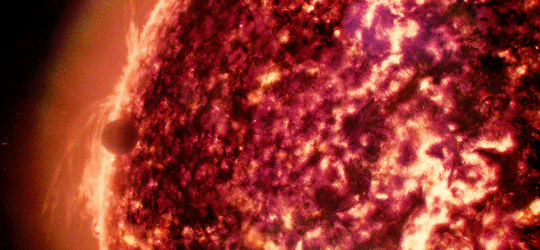
to cloud-covered Venus, where greenhouse effect has turned it into Hell.
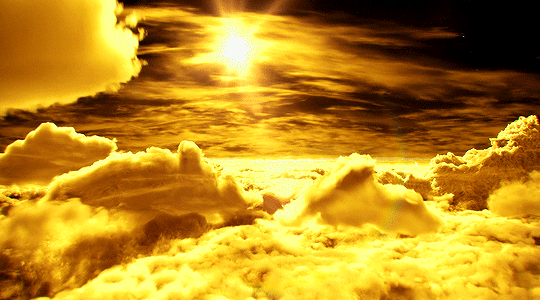
Mars... a world with as much land as Earth itself.

Then a belt of rocky asteroids circles the Sun between the orbits of Mars and Jupiter.
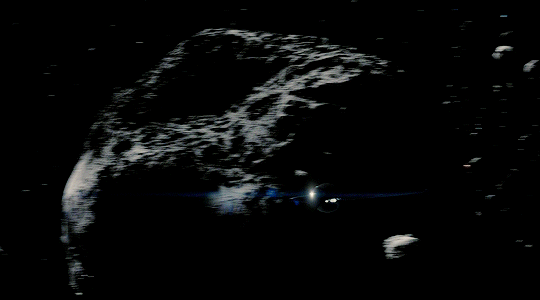
Jupiter is like it’s own solar system, with it’s four giant moons and dozens of smaller ones. It has more mass than all the other planets combined. Jupiter’s Great Red Spot... a hurricane 3 times the size of our whole planet, that’s been raging for centuries.

The crown jewel of our solar system, Saturn. Ringed by freeways of countless orbiting and slowly tumbling snowballs, each, a little moon.
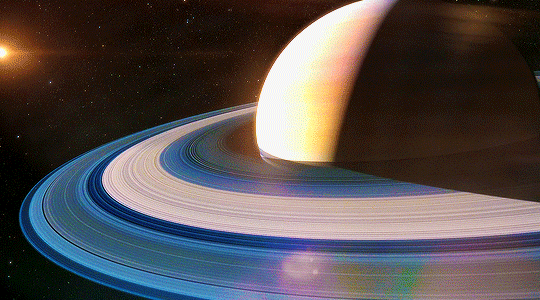
Uranus...

and Neptune, the outermost planets, unknown to the ancients, only discovered after the invention of the telescope.

Beyond, lies a swarm of tens of thousands frozen worlds. Pluto being one of them.
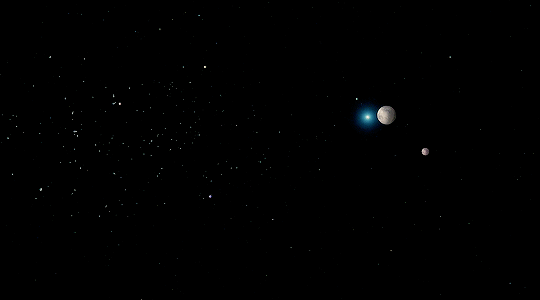
Of all our spacecraft, Voyager 1 is the one that’s traveled farthest from home. She bears a message to a billion years from now. Something of who we were, how we felt and the music we made. Blind Willie Johnson’s “Dark Was the Night”.
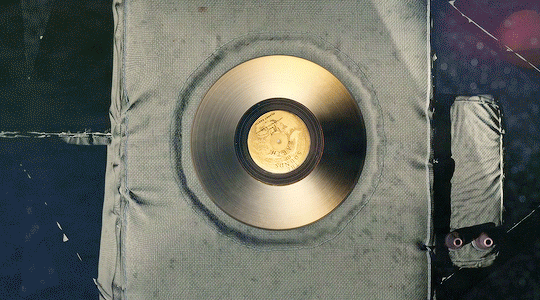
From out here, the Sun may look like just another star, but it still exerts it’s gravitational hold on a trillion frozen comets, leftovers from the formation of the solar system, nearly five billion years ago. It’s called, the Oort Cloud. No one has ever seen it before, nor could they, for each of these little worlds is as far from it’s nearest neighbor as Earth is from Saturn. This enormous cloud of comets encloses the solar system, which is the second line of our cosmic adress.
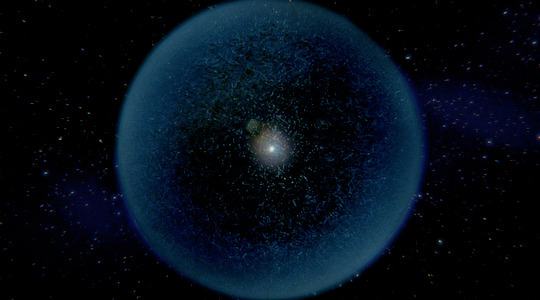
Earth, Solar System.
EXPLORING THE MILKY WAY.
Rogue planet. World without a sun. Our galaxy has billions of them, adrift in perpetual night. Orphans, cast away from their mother stars during the chaotic birth of their native systems. They’re molten at the core, but frozen at the surface. There may be oceans of liquid water in between those extremes. Who knows what might be swimming in there?
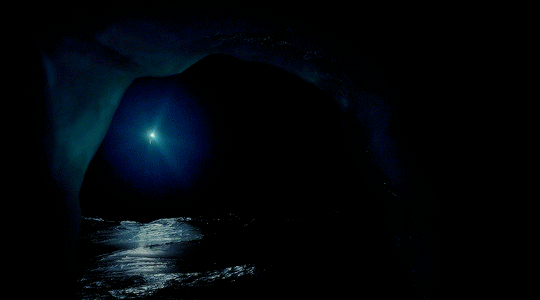
How many worlds? How many stars? How many ways of being alive? Where are we in this picture?
That’s where we live - about 30,000 light-years from the center. The Milky Way Galaxy is the next line of our cosmic adress.
Earth, Solar System, Milky Way Galaxy.

Andromeda, the galaxy next door, we call our two giant galaxies, and a smattering of smaller ones, the “local group”. Can’t even find our home galaxy from out here. It’s one of thousands in the Virgo Supercluster.

On this scale, all the light we see, even the tiniest dots are galaxies. Each containing billions of suns, countless worlds. Yet, the entire Virgo Supercluster is but a tiny part of our universe. This is the cosmos on the grandest scale we know. A network of billion of galaxies. It’s the last line of our cosmic adress... For now.

Earth, Solar System, Virgo Supercluster, Observable Universe. That’s our cosmic adress.
Many of us suspect that all of this, all the worlds, stars, galaxies and clusters in our observable universe is one but tiny bubble in an infinite ocean of other universes... A multiverse. Universe upon Universe. Worlds without end.
EXPLORING TIME
How can we, humans, who rarely live more than a century, hope to grasp the vast expanse of time that is the history of the cosmos? The universe is 13.8 thousand million years old. In order to imagine all of cosmic time, let’s compress it into a single calendar year.

Cosmic Calendar begins on January 1st, with the birth of our universe. It contains everything that’s happened since then, up to now, which on this calendar, is midnight, December 31st.
On this scale, every month represents about a billion years. Every day, nearly 40 million years. Let’s go back as far as we can, to the very first moment of the universe.
January 1st. The Big Bang.
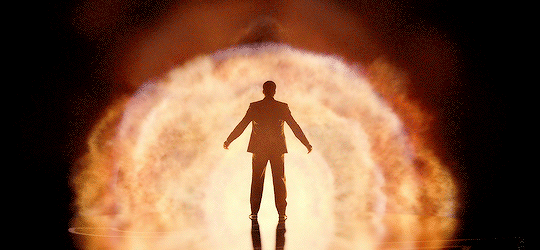
It’s as far back as we can see in time... for now. Our entire universe emerged from a point smaller than a single atom. Space itself exploded in a cosmic fire, launching the expansion of the universe and giving birth to all the energy and matter we know today. As it expanded, the universe cooled and there was darkness for about 200 million years. Gravity was pulling together clumps of gas and heating them, untill the first stars burst into light, on January 10th.
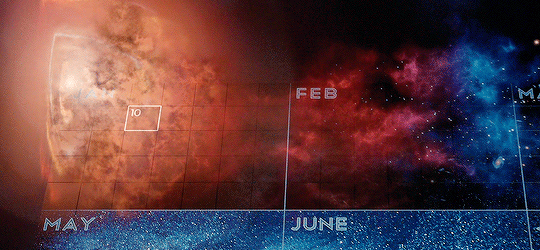
On January 13th, these stars coalesced into the first small galaxies. Those galaxies merged to form still larger ones, including our own Milky Way, which formed about 11 billion years ago, on March 15th, of the cosmic year.

Hundreds of billions of suns. Which one is ours? Not yet born. It’ll rise from the ashes of other stars.

See those flashing lights, like paparazzi? Each one, a supernova. The blazing death of a giant star. Stars die and are born in supernovas, the stellar nurseries.
They get so hot that the nuclei of the atoms fuse together within them, to make the oxygen we breathe, the carbon in our muscles, the calcium in our bones, the iron in our blood. All of it was cooked in the fiery hearts of long-vanished stars.
You, me, everyone...

How much longer until the birth of our Sun? A long time. It won’t begin to shine for another six billion years. Our Sun’s birthday is August 31st, on the Cosmic Calendar... four and a half billion years ago.

As with the other worlds, Earth was formed from a disk of gas and dust orbiting the newborn Sun. Repeated collision produced a growing ball of debris. The Earth took one hell of a beating in it’s first billion years.

Fragments of orbiting debris collided...
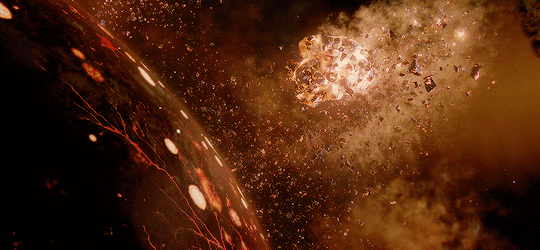
and coalesced untill they snowballed to form our Moon.
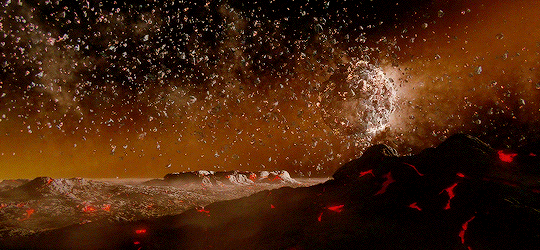
The Moon is a souvenir of that violent epoch. It was ten times closer back then, locked in a much more intimate gravitational embrace. As the Earth cooled, seas began to form. The tides were a thousand times higher then. Over the eons, tidal friction within Earth pushed the moon away.
Life began somewhere around Semptember 21st, three and a half billion years ago on our little world. For all we know, life may have come from another part of the Milky Way.
December 17th was quite a day. Life in the sea really took off, exploding with a diversity of larger plants and animals. Tiktaalik was one of the first animals to venture onto land. It must have felt like visiting another planet.
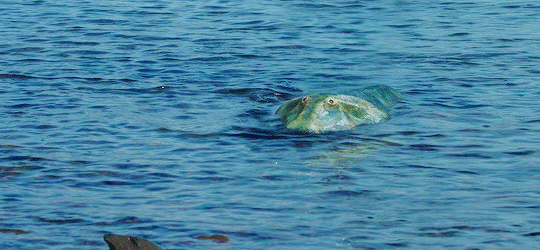
Forests, dinosaurs, birds, insects, all evolved in the final week of December. The first flower, bloomed on December 28th.

The universe is already more than 13.5 billion years old. Still no sign of us. In the ocean of time that this calendar represents, we humans only evolved within the last hour of the last day of the cosmic year. 11:59 and 46 seconds.
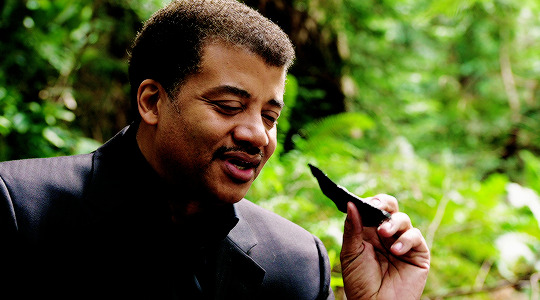
All of recorded history occupies only the last 14 seconds, and every person you’ve ever heard of, lived somewhere in there:

All kings, battles, migrations and inventions, wars, loves, everything in the history books happened here, in the last seconds of the Cosmic Calendar.
Three and a half million years ago, our ancestors, yours and mine, stood up. Once standing on two feet, our eyes were no longer fixated to the ground. We were free to look up in wonder. For the longest part of human existence, the last 40,000 generations, we were wanderers, living in small bands of hunters and gatherers, making tools, controlling fire, naming things. All within the last hour of the cosmic calendar.
We’re so very young on the time scale of the universe, that we didn’t start painting our first pictures until the last 60 seconds, a mere 30,000 years ago.
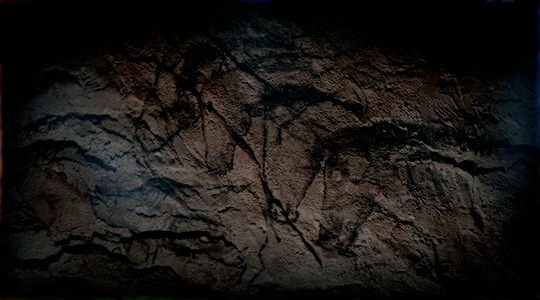
This is when we invented astronomy. In fact, we’re all descended from astronomers. Our survival depended on knowing how to read the stars to predict the coming of the winter, the migration of wild herds. Then, 10,000 years ago, began a revolution in the way we lived. Our ancestors learned how to shape their environment, taming wild plants and animals, cultivating land and settling down.

This changed everything. For the first time in our history, we had more stuff than we could carry. We needed a way to keep track of it. At 14 seconds to midnight, or about 6,000 years ago, we invented writing.

Writting allowed us to save thoughts and send them much further in space and time. It shook the world. Moses was born seven seconds ago. Buddha, six seconds ago. Jesus, five seconds ago. Mohammed, three seconds ago. It was not even 2 seconds ago that, for better or worse, the two halves of the Earth discovered each other. And it was only at the very last second of the Cosmic Calendar that we began to use science to reveal nature’s secrets and her laws.
The scientific method is so powerful that in a mere 4 centuries, it has taken us from Galileo’s first look through a telescope at another world to leaving our footprints on the Moon.
It allowed us to look out across space and time, to discover where and when we are in the cosmos.
Science is a cooperative enterprise, spanning the generations. It’s the passing of a torch from teacher to student to teacher, a community of minds reaching back to antiquity and forward to the stars.
Now, come with me. Our journey is just beginning.

18 notes
·
View notes
Photo
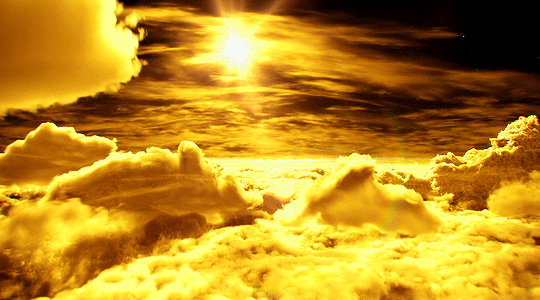





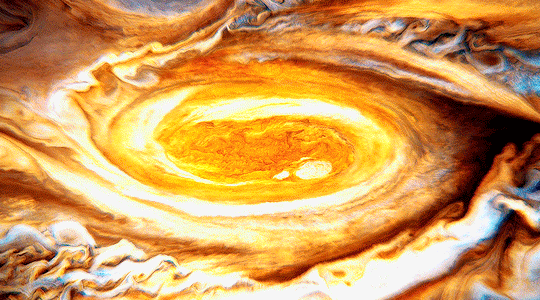
Cosmos: A Spacetime Odyssey: Standing Up in the Milky Way • dir. Brannon Braga, Ann Druyan • read the full article
#cosmos#cosmos a spacetime odyssey#carl sagan#neil degrasse tyson#documentaries#universe#space#galaxy#stars#tvandfilm#dailyshowbiz#dailyflicks#bbelcher#chewieblog#chewbacca#usersource#gifs#userstream#useroptional#filmtv#tvedit#cinemapix#dailyfilmgifs#tuserlou#usersamiz#creations
294 notes
·
View notes